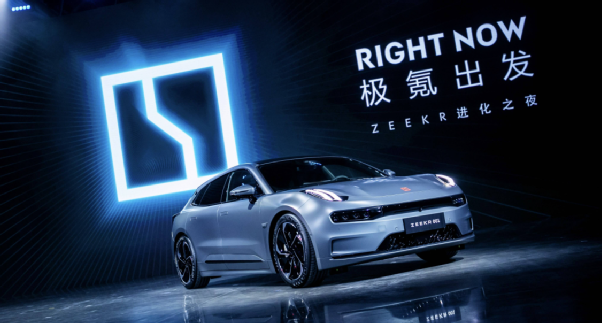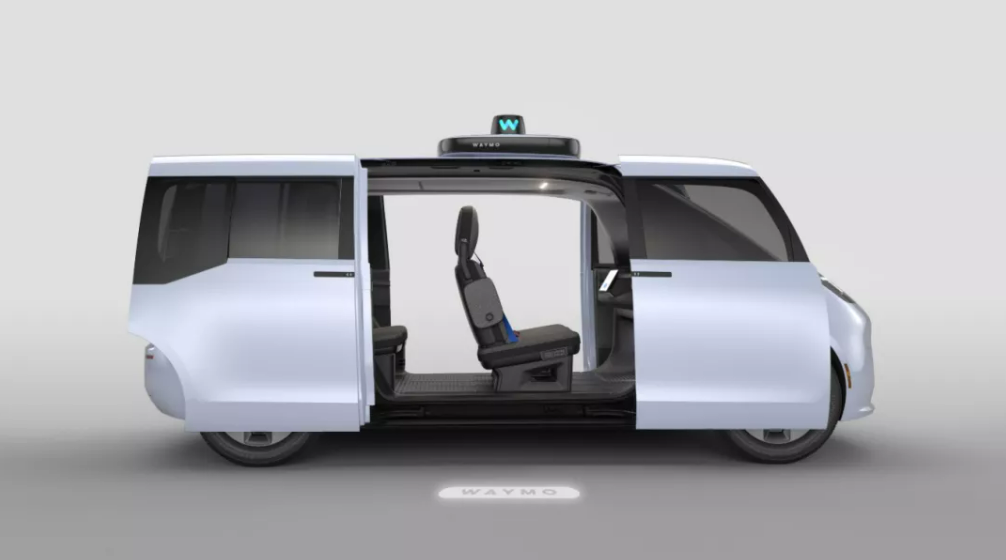Collaboration between Geely’s JiKe and Waymo officially announced
On December 29th, Geely’s electric vehicle brand JiKe and the world-leading autonomous driving technology company Waymo announced their collaboration.
According to the agreement, JiKe will provide exclusive vehicles for Waymo One’s self-driving fleet. These vehicles, equipped with Waymo’s Waymo Driver autonomous driving solution, will be put into commercial operation in the United States. As for the vehicle platform, the JiKe model provided to Waymo will be based on the JiKe Intelligent Travel Platform – Haohan- M (SEA-M) architecture, and will be designed and developed by JiKe’s European Innovation Center (CEVT).
Collaboration can’t bring core autonomous driving technology
For Geely or JiKe, collaboration with Waymo is definitely a cause for celebration, as it proves that their relevant vehicle models have been recognized by Waymo, which is a well-known company in the global autonomous driving technology field.
However, for JiKe, the current collaboration only involves providing vehicle models to Waymo. Considering that the scale of Waymo One’s self-driving fleet will not be very large, this will not have a significant impact on JiKe’s sales. After all, for an autonomous driving technology company like Waymo, setting up a large-scale demonstration fleet with heavy assets is not a very realistic option at the moment. The main purpose of such a fleet is to increase the amount of collected data and accumulate more demonstration and operating experience.
Moreover, the idea that Geely can learn autonomous driving technology through collaboration with Waymo is not very realistic. On the one hand, Geely is a large company and definitely does not want to get involved in intellectual property issues. On the other hand, after the vehicles are manufactured, JiKe hands them over to Waymo for later modifications, so Geely is unlikely to truly understand the relevant code of Waymo’s autonomous driving software platform.
What JiKe is aiming for?
However, the collaboration with Waymo still has some benefits for JiKe or Geely. It is obvious that they can further enhance their brand appeal globally. At least in mainstream media outlets around the world, there will be relevant reports on this collaboration. For Geely, at a time when it is actively promoting its SEA architecture, Waymo’s live advertisement might attract many global car giants to seek collaboration.
When it comes to collaborating with Waymo, the greatest benefit for Geely’s extreme luxury brand is to understand the cutting-edge level of global autonomous driving technology, beyond just supplying the whole vehicle platform, so as to anticipate where its own gaps may be. Whether in the field of mobile travel or in the C-end passenger vehicle market, whether it can equip a competitive self-driving system will become the most critical evaluation criterion for its market position in the future.
From a technical point of view, including Geely, many Chinese independent brands benchmark Tesla in the development of new vehicles, especially in the development of models such as the Geely Extreme K01, so the Geely Extreme K01 is not inferior to Tesla both in the three-electric system and the intelligence aspect. Therefore, when Waymo purchases the vehicles developed on the SEA-M architecture derived from the SEA architecture of Geely Extreme K by Geely, at least in terms of basic performance, it may even exceed the benchmark vehicle models of Tesla. In addition to Geely and Volvo under Geely Group, Waymo’s current partners worldwide are not good at building smart electric vehicles, such as Stellantis, Jaguar Land Rover, Daimler, and Renault-Nissan-Mitsubishi. Sea’s vast architecture not only supplies Geely itself, but also will be used to produce electric vehicle models in the future by Daimler, Volvo, and others.
In addition to SEA-M being a reliable platform, Waymo can also use its collaboration with Geely to open the door to the domestic mobile travel market. China is Geely’s home base, and Geely not only has ride-hailing licenses such as Cao Cao Zhuanche but also has deeper resources. If Waymo wants a share of the huge domestic mobile travel market, collaborating with Geely is a shortcut. If the operation scope can be expanded from the US and European markets to the Chinese market, it will be a great benefit for Waymo in terms of valuation and accumulation of more data and scenes to optimize the self-driving algorithm, especially considering that Robotaxi operating services have already been opened up in China, which means that Robotaxi has shifted from demonstration operation to true commercial operation. Waymo, which has advantages in autonomous driving technology, will have a great platform to show its mettle.For Waymo, expanding its circle of friends among automakers is the key to achieving sustainable development in the future. Although Google is not short of money, being a big spender, it will not continue to invest in Waymo without considering returns. Collaborating with automakers to seek the deployment of their autonomous driving software on more models of cars will be a major source of profit for Waymo in the future.

In 2021, Geely has achieved remarkable success in expanding its circle of friends.
The recent news that Renault will use Geely’s technology to produce and export plug-in hybrid cars to the United States from South Korea, and cooperatively operate a brand new plug-in hybrid brand in China, are all strategic moves for Geely to expand its global influence in the automotive industry. However, we must discard the idea that Geely can obtain the core technology of autonomous driving through cooperation with Waymo. The real core technology can only be obtained through self-research and development, while cooperation with Waymo is more of a commercial need, and there is still a long way to go before it can generate significant economic benefits.
